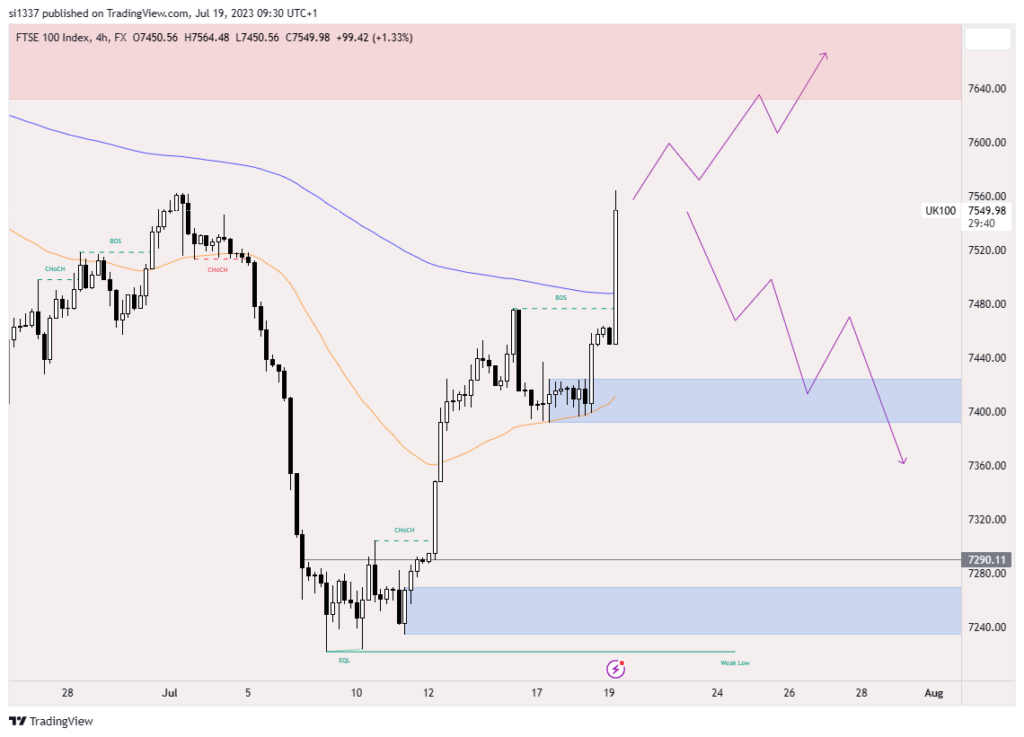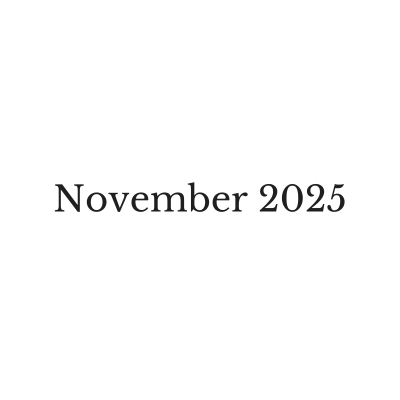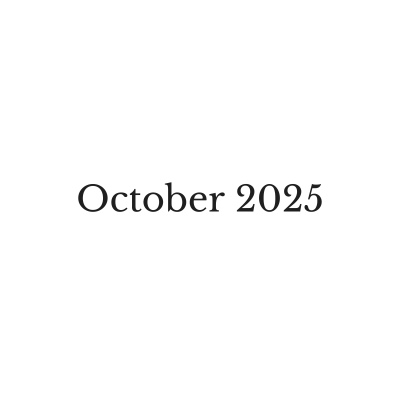UK Inflation Deceleration Fuels Market Optimism
19-07-2023
The inflation rate in the UK saw a marked deceleration in June, registering an annual rate of 7.9%, which was below the consensus prediction.
Projections made by economists in a Reuters poll had estimated an annual increase in the headline consumer price index (CPI) to be 8.2%. This was after May’s figure exceeded expectations at 8.7%. However, the annual price increases persistently outstrip the Bank of England’s target of 2%.
On a month-to-month basis, the headline CPI showed a moderate increase of 0.1%, falling short of a consensus estimate of 0.4%. Core inflation — a metric that excludes volatile factors like energy, food, alcohol, and tobacco prices — remained stubbornly high at an annualised rate of 6.9%, albeit down from May’s 31-year peak of 7.1%.
The U.K.’s Office for National Statistics noted on Wednesday that the most significant downward pressure on the monthly change in the CPI annual rate came from falling motor fuel prices. While food prices rose in June, the increase was less than the same period the previous year.
High inflation has persistently plagued the UK, prompting warnings from both the government and the Bank of England about it becoming firmly embedded in the economy. These inflationary pressures are fuelled by a cost-of-living crisis and a tight labour market that drives wage price increases.
At an event in the City of London earlier this month, both Bank of England Governor Andrew Bailey and U.K. Finance Minister Jeremy Hunt voiced concerns about salary increases hindering their efforts to keep inflation in check.
The Organization for Economic Cooperation and Development (OECD) forecasted last month that the U.K. will see the highest level of inflation among all advanced economies this year, estimating a headline annual rate of 6.9%.
In response to these developments, the Bank of England last month enacted a substantial 50-basis-point rise in interest rates, marking its 13th consecutive hike, as the Monetary Policy Committee grapples with stifling demand and curbing inflation.
Following the significant increase in the UK base rate from 0.1% to 5% over the past 20 months, financial markets are closely anticipating yet another hefty half-point hike to 5.5% in the upcoming Monetary Policy Committee meeting in August, but with inflation now dropping more quickly than expected, the FTSE is up sharply on the news in the expectation that the hiking cycle may not be as severe as feared.
Shares in UK property-related companies experienced a surge as investors reacted positively to the UK inflation data, resulting in a substantial boost for an index of homebuilder shares — the largest since late 2008.
The FTSE 350 homebuilders index (.FTNMX402020) had increased nearly 7%, setting it on track for its most significant single-day increase since November 2008. Concurrently, a barometer of UK real estate stocks (.FTUB3510) saw an uptick of over 6%, marking it as the best performance since February.

The next critical decision about the interest rate in the UK is slated for the 3rd of August. This decision holds importance for the market, especially given the recent dynamics surrounding inflation and the proactive stance taken by the Bank of England.
Should this interest rate announcement come in lower than what is currently forecasted, it would primarily be due to the positive inflation data that has been emerging. This development would likely lead to a buoyant response in the stock market.
If you share this view, then you could employ a call spread. This strategy uses two options: Buying a call option and selling a call option with a higher strike price than the bought call. This is a bullish strategy that benefits from a reduction in cost due to selling the higher strike call option, with the trade-off being you cap your potential profit.
Call Spread
Trade Idea
Buy 1 AUG 7600 C @52
Sell 1 AUG 7700 C @26
NET £260 per lot
Max Profit £1000
Max Loss £260
Or if you think the rate will be higher than expected consider employing a put spread. A put spread is a vertical options strategy that consists of buying and selling put options on the same underlying security with the same expiration date, but at different strike prices. This strategy allows investors to profit from a decline in the price of the underlying asset while limiting their potential loss.
Put Spread
Trade Idea
Buy 1 AUG 7400 P @53
Sell 1 AUG 7300 P @35
NET £180 per lot
Max Profit £1000
max loss £180





